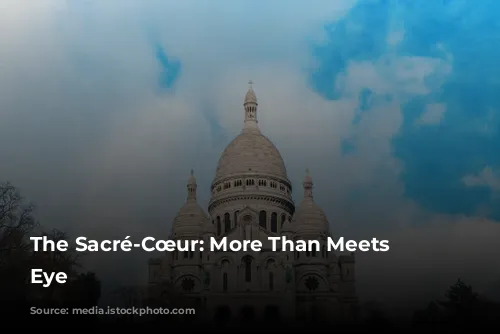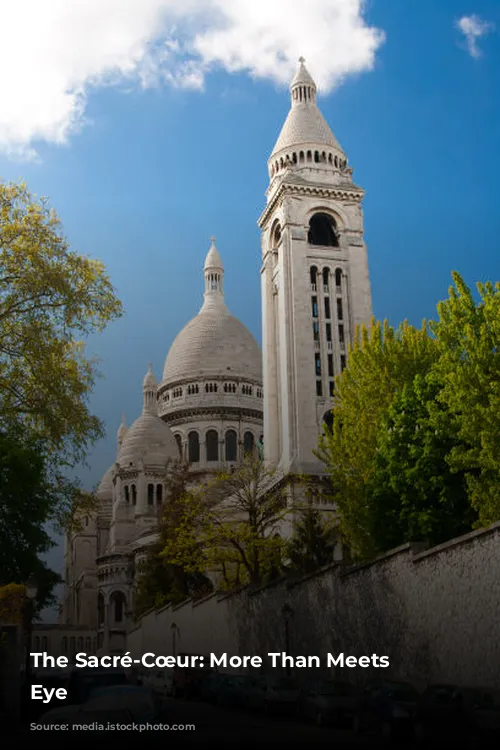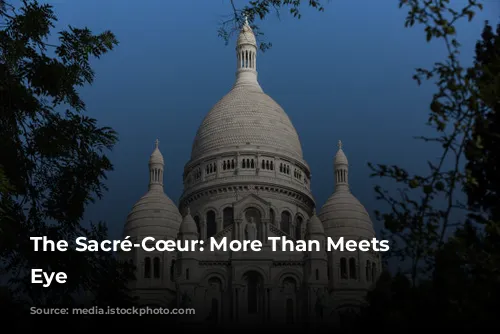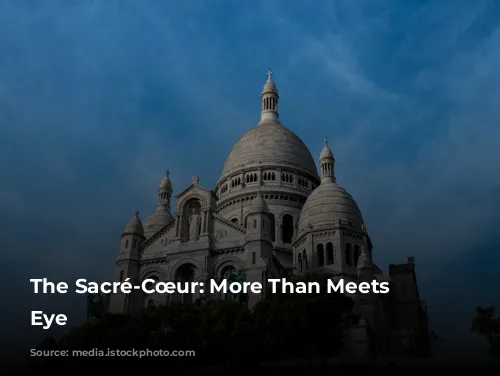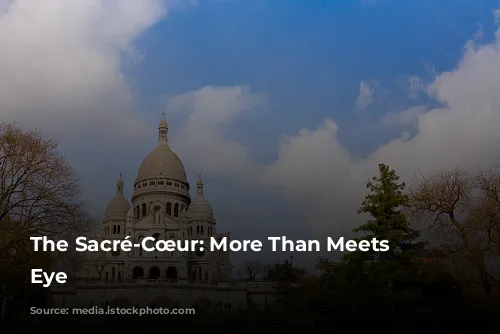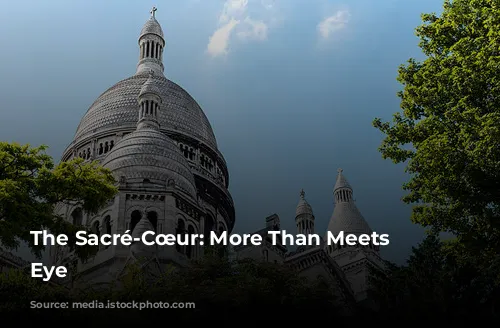The Sacré-Cœur Basilica, a striking symbol of Paris, welcomes over 11.5 million visitors each year, eager to explore its historical significance and spiritual aura. It stands as the second most visited religious monument in the French capital, only surpassed by the iconic Notre-Dame Cathedral. Perched atop the Montmartre hill at 130 meters above sea level, it offers breathtaking panoramic views of the city. But have you ever delved deeper into its secrets?
Let’s discover five fascinating facts about the Sacré-Cœur that might surprise you!
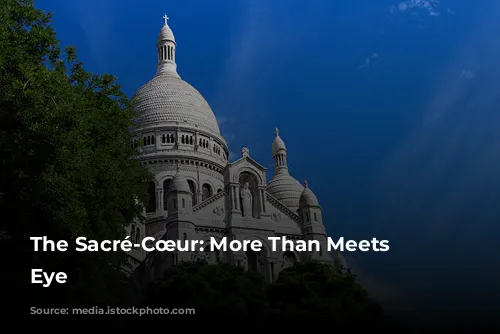
A Basilica Born From Controversy
The Sacré-Cœur’s journey was marked by controversy even before its foundation stone was laid in 1875. The choice of location was particularly sensitive, as it stood on the Montmartre hill where thousands of Parisians were tragically killed during the Bloody Week of 1871. When the construction was debated in 1873, critics accused the religious edifice of being built to atone for the sins of the Communards of the time. More recently, in 2020, the Minister of Culture expressed a desire to classify the basilica as a historical monument, a decision that sparked frustration among those familiar with its 19th-century history.
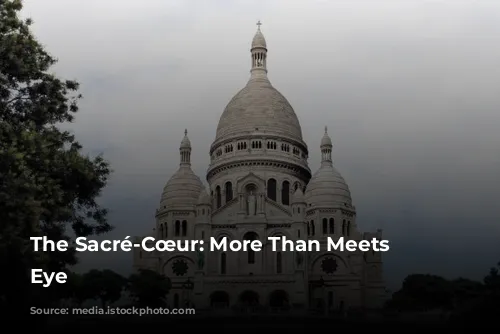
The Architects’ Tale
The construction of the Sacré-Cœur was a journey with a cast of architects. In 1873, Paul Abadie won the competition to design the basilica. Following his passing in 1884, Honoré Daumet took over, imposing ambitious changes that proved costly and slowed down construction. After clashes with the construction committee, he left the project in 1886. Charles Laisné, his successor, died in 1891, paving the way for Henri-Pierre Rauline to lead the project with Charles Garnier. Lucien Magne took charge from 1904 to 1916, and the basilica was finally consecrated in 1919 under the guidance of the final architect, Louis-Jean Hulot.
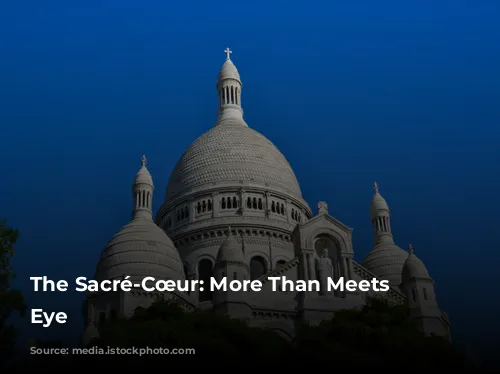
The Secret of the Sacré-Cœur’s Whiteness
Have you ever wondered why the Sacré-Cœur is so dazzlingly white? The secret lies in its building material, the Château Landon stone. This unique limestone releases calcin when exposed to rain, giving the basilica its characteristic white hue. It’s thanks to this self-cleaning quality of its stone that the Sacré-Cœur maintains its radiant whiteness. Interestingly, only the Arc de Triomphe, the Sorbonne, and the Carmel of Montmartre share this distinctive material with the Sacré-Cœur.
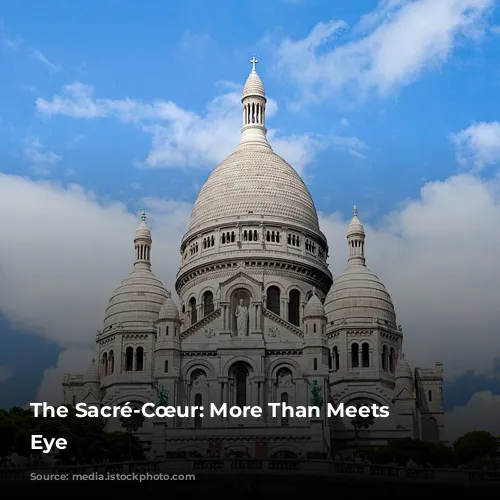
A Masterpiece in Mosaic
The Sacré-Cœur boasts France’s largest mosaic, a truly awe-inspiring sight! Crafted between 1921 and 1923 by the Guilbert-Martin workshop in Saint-Denis, this 475 square meter masterpiece adorns the apsidal ceiling. Depicting the resurrected Christ, it’s teeming with details about figures from the time. Take your time to admire the Virgin Mary, Saint Michael, and Saint Joan of Arc.
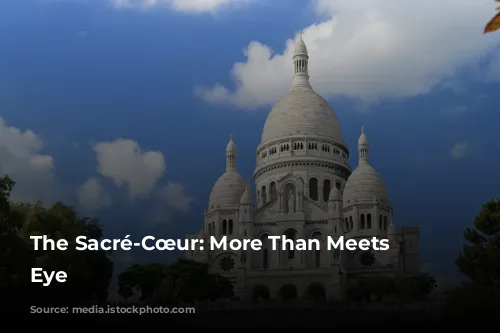
The Savoyarde: France’s Biggest Bell
The Sacré-Cœur’s bell stands as the largest in France, measuring a mighty 3 meters tall and 19 meters in circumference. This massive bell, known as the Savoyarde, was gifted by the four dioceses of Savoy and crafted in Annecy-le-Vieux by the Paccard workshops. Its journey to the top of the basilica’s campanile in 1895 was no easy feat. It took 28 horses to hoist the 10-ton bell onto the Sacré-Cœur’s hill!
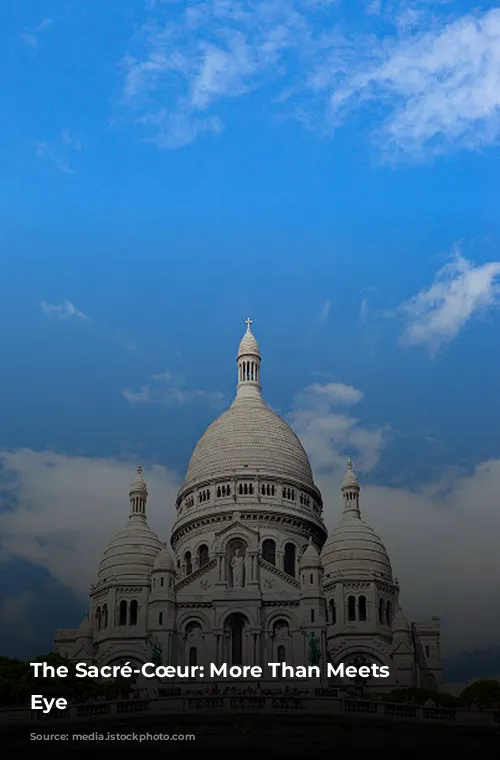
A Journey Awaits!
Ready to discover the Sacré-Cœur and its surroundings? It’s a place where history and spirituality blend together, offering a captivating glimpse into the heart of Paris. You’ll be enchanted by its architectural beauty, its captivating story, and its breathtaking views. So, don’t wait! Embark on your own exploration of the Sacré-Cœur and let its secrets unfold before you.
